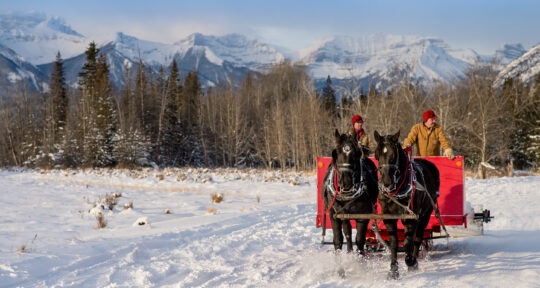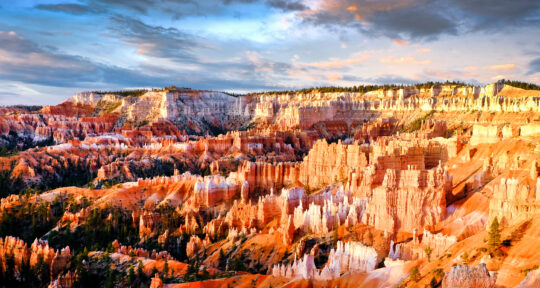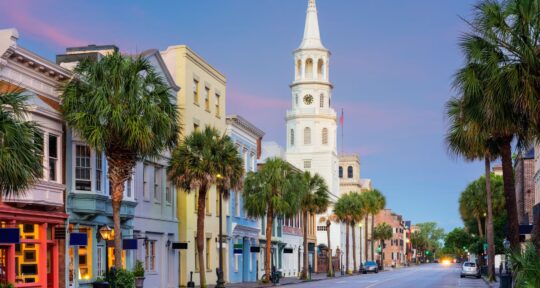What’s it like living year-round inside a national park? How about living in America’s newest national park, Indiana Dunes, in one of the most unique houses ever placed within a park’s borders? That’s exactly what someone gets to do for the next 50 years completely rent-free.
Dubbed the House of Tomorrow, this 12-sided glass house sits on a beautiful bluff overlooking Lake Michigan—but it’s not quite the dream home it once was. Over the past few decades, the house has fallen into a state of disrepair, but Indiana Landmarks came up with a novel idea to bring the house back to its former glory. They just finished accepting proposals for new tenants, and one lucky winner will be awarded a 50-year, rent-free lease.
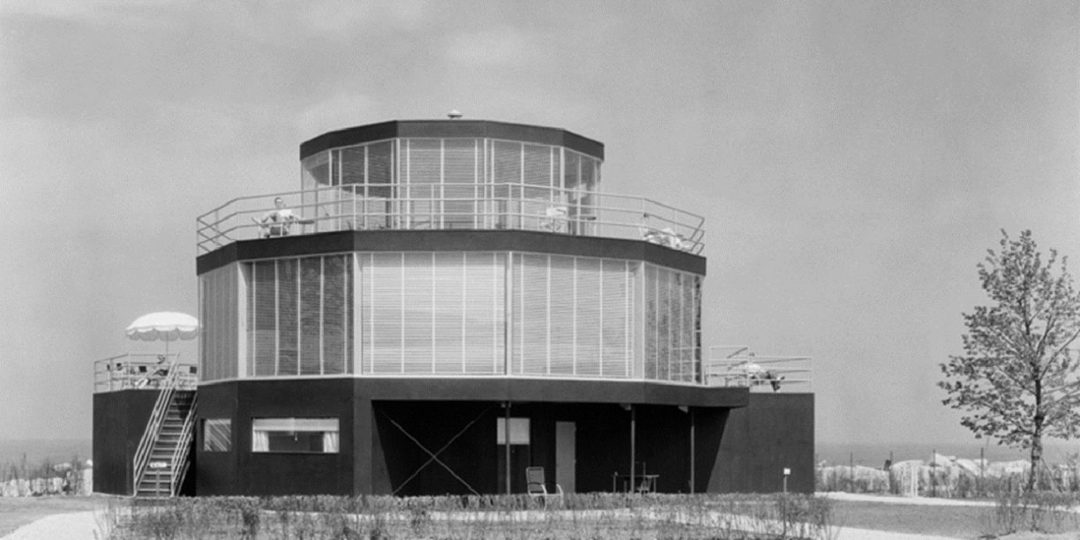
There’s just one catch. You have to restore the home, and that restoration won’t be cheap. Indiana Landmarks says it could take anywhere from 2.5 to 3 million dollars to bring the House of Tomorrow into the current age. Whoever is eventually granted the lease will have a very interesting home for the next 50 years, though.
Rules of the game
The House of Tomorrow first debuted at the 1933 Chicago World’s Fair as one of five homes meant to give people a glimpse of what housing would be like in the future. All five houses were indeed ahead of their time, with central air and futuristic styling. After the fair, all five were moved to the sand dunes of northern Indiana, but somehow the House of Tomorrow never quite found the love the other four received and instead became nearly abandoned.
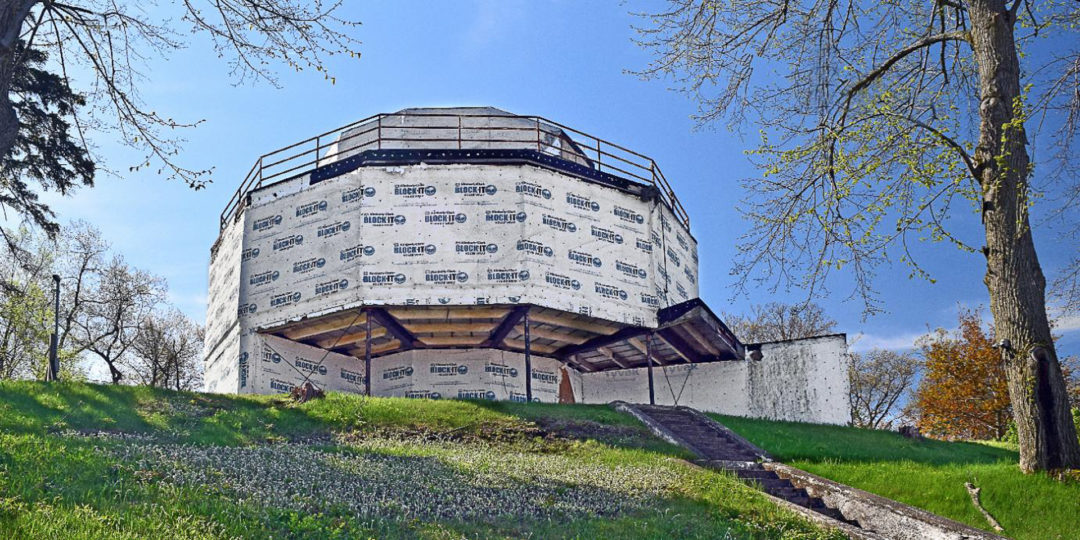
Aside from the several million dollars the new tenants will need to spent refurbishing the house, they’ll also need to play by a few rules. No liens or mortgages may be placed on the property, and no short-term or long-term renting will be allowed. To live there, you’ll also need to be one single family. On the plus side, tenants aren’t expected to open their doors year-round, so they’ll still enjoy privacy—except for an annual open house and a yearly NPS inspection.
Not bad terms for getting to live in a beautiful home inside a national park.
While it probably won’t be you (or us) fixing up the House of Tomorrow, there are other ways to live year-round in the national parks for free or nearly free without being a park ranger. While most parks employ an army of part-time workers during their busy seasons, many parks also have a steady crew of non-ranger staff living in park housing year-round.
Living in a national park
If you’re looking to live in a national park, the Coolworks job board is a good place to start. According to the site’s description of its national parks jobs, “Your life is about to look like a page from National Geographic. You’ll wake up to some of the most stunning scenery the country has to offer, and you’ll work and play where people dream of visiting.”
Plenty of the jobs posted offer low-cost or free year-round lodging in a national park.
Of course, most parks are seasonal, and that takes some getting used to—but it’s worth it for a true nature lover. “It’s nice when the busy season starts, and we start making better money,” says Dan Cramer, a bell captain at Grand Canyon National Park. Put simply, the seasonal nature of the work may mean you have to budget a little more for your less-busy off-season.
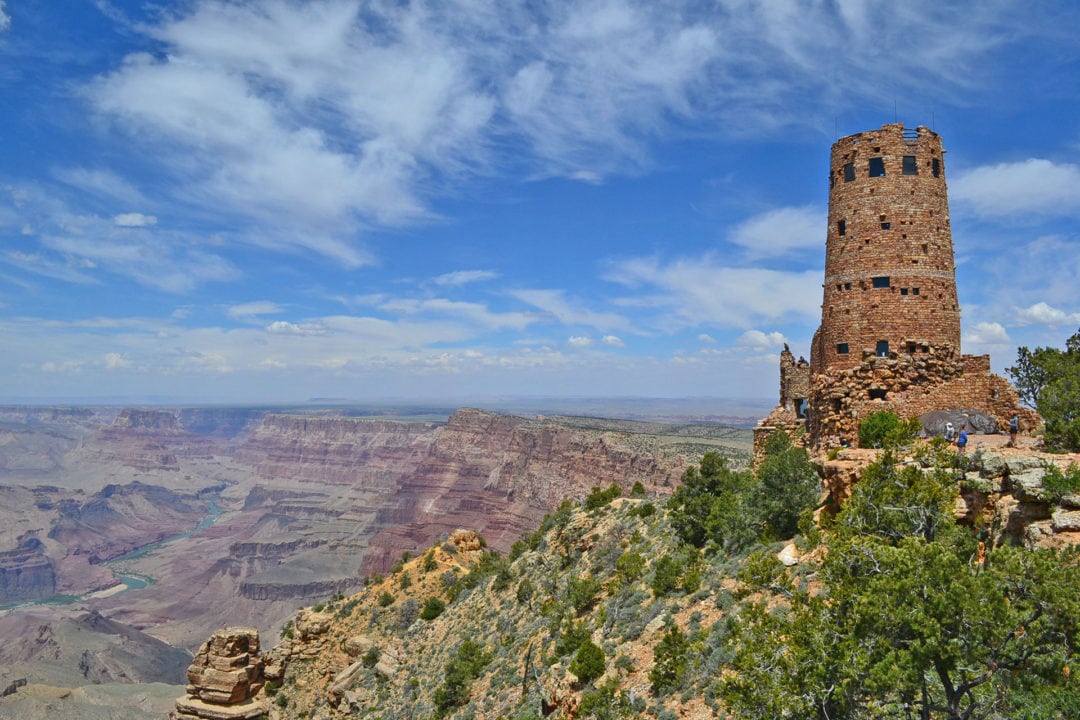
Outside of being a park ranger, major park contractors are your best bet for finding a low-cost or free place to stay inside a national park. Delaware North and Xanterra have hundreds of jobs to fill each and every year. Most of the park operators use Coolworks as their clearing house for finding, well, cool work.
The federal-level jobs can be tough to get and very competitive, but for positions like bellhops, front desk clerks, and even HR managers, the need is almost always growing.
You may not get to live in a 12-sided historic glass house from the World’s Fair, but most offer some sort of housing. For example, Glacier National Park offers dormitory-style housing or tent and RV sites for people bringing their own RV.
If the thought of living in a national park appeals to you, but you missed the chance to pony up 2.5 million dollars for the House of Tomorrow at Indiana Dunes National Park, poke around the internet a bit. You just might find another way to work and live in a national park.

